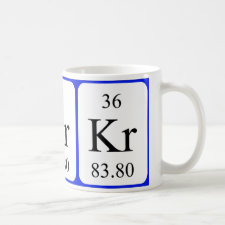
Authors: Tiu BDB, Advincula RC
Article Title: Plasmonics and templated systems for bioapplications.
Publication date: 2015
Journal: Rendiconti Lincei
Volume: 26
Issue: (2 Supplement)
Page numbers: 143-160.
DOI: 10.1007/s12210-015-0416-3
Abstract: The science of surface plasmons in noble metal nanoparticles and in thin metal film-glass interfaces is driving most innovations in biochemical and biomedical applications. The sensitivity of these charge density oscillations toward changes in the geometry and the surrounding medium is more than capable in detecting antibody-antigen and molecular interactions, diagnosing an array of diseases, and delivering drugs in the form of an absorption peak in the visible to the near-infrared region. Modifications on the physical parameters and functionalities on the surface can be used to control the position of the maximum localized surface plasmon resonance absorbance peak or the minimum bulk SPR reflectivity dip. Several lithographic techniques such as colloidal templating can now produce binary and tertiary patterns with more controlled SPR peaks. On the other hand, the surfaces of plasmonic materials should also be properly functionalized in order to selectively recognize specific analytes. Hence, the flexible low-cost synthesis of artificial antibodies complements the surface plasmon properties of metallic nanomaterials. Continuous progress in these fields should make low-cost and responsive biosensors available for point-of-care applications and personal diagnostics
Template and target information: Review - plasmonics and templated systems
Author keywords: Plasmon, Nanoparticle, molecular imprinting, lithography, surface plasmon resonance



Join the Society for Molecular Imprinting

New items RSS feed
Sign-up for e-mail updates:
Choose between receiving an occasional newsletter or more frequent e-mail alerts.
Click here to go to the sign-up page.
Is your name elemental or peptidic? Enter your name and find out by clicking either of the buttons below!
Other products you may like:
 MIPdatabase
MIPdatabase









